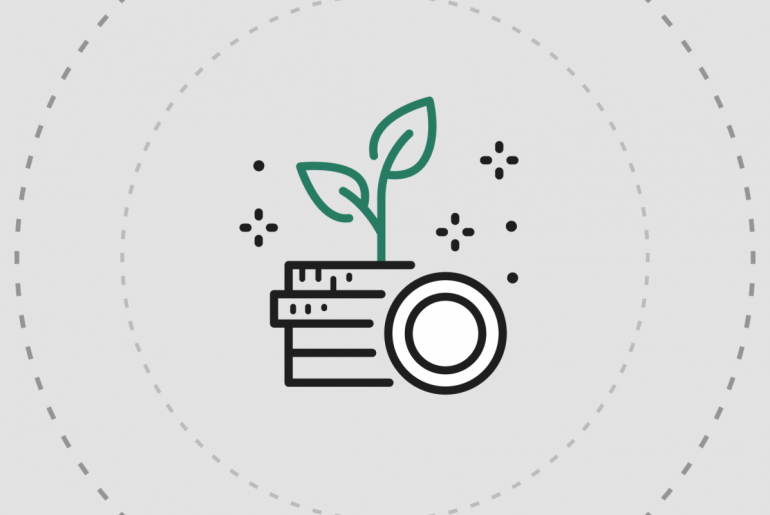Last Updated on Dec 26, 2022 by Aradhana Gotur
The Indian pharmaceutical sector is known as the ‘Pharmacy of the world’. However, this reputation didn’t come overnight. In the years following independence, the Indian pharmaceutical industry was still at its nascent stage with a handful of manufacturers. Over the years several factors such as government policy initiatives, low manufacturing costs, and a highly skilled talent pool helped India in becoming a leading exporter of generic drugs.
The Indian pharmaceutical sector has undergone several transformations — but where is it headed in the coming years? Most importantly, is it the right time to invest in pharma stocks? We’ll tackle these questions in this article.
Table of Contents
Indian pharmaceutical industry – market overview
- Market size – The Indian pharmaceutical industry was valued at $42 bn in 2021 and has grown at a CAGR of 9.43% in the past 9 yrs. The total market is likely to reach $130 bn by 2030.
- Global leader – The Indian pharma market is the 3rd largest in the world by volume of production. It is also the world’s largest supplier of generic drugs and caters to 50% of global vaccine demands. India also has the highest number of pharmaceutical manufacturing facilities that comply with the US Food and Drug Administration (US FDA), which is reputed for its stringent compliance policies.
Business segments in the pharma industry
- API (Active Pharmaceutical Ingredient) – The main ingredient in any drug that produces the intended effect. The Indian industry is currently heavily dependent on China for APIs – 50% of APIs used in domestic manufacturing are currently imported. In 2020, prices of API imports increased substantially as supply chains were affected due to COVID-19.
- Formulation – It refers to the final medicinal product manufactured using the active ingredient and other chemicals. Formulations make up 50% of the total pharmaceutical exports from India.
- Biosimilars – It refers to a biological product similar to an approved reference product. The biosimilar market is expected to grow to $30 bn by 2030. The government has also allocated $70 mn to local players to improve the production of biosimilars.
- CRAMS (Contract Research And Manufacturing Services) – Global pharmaceutical companies outsource manufacturing to CRAMS in India to benefit from the low production cost and highly skilled talent pool. The CRAMS sector has already posted a 48% CAGR in 2015-2018 and is expected to reach $40 bn by 2030.
Pharma stocks slowed down post-2015
Companies that witnessed growth in generic business in US markets started witnessing increased competition and regulatory challenges. From 2015 onwards, the number of US FDA inspection visits to Indian manufacturing facilities rose significantly, which caused a delay in production, as certain plants were forced to revamp to align with regulations.
Though pharma companies continued to witness revenue and profit growth, stock prices did not display commensurate growth due to regulatory overhangs. Between March 2015 – December 2022, Nifty Pharma Index was flat with 1.74% in returns, while Nifty rose by 9.89%.
Indian pharma companies also experienced slow growth in their US generics business as seen in the chart below.
Factors shaping the future of pharma
In export markets
- Price pressures in US – US generics is a $128 bn industry, an opportunity that most Indian pharma companies cannot afford to miss. However, the price erosion in the US due to lower-priced competitors and government regulations has affected profit margins of pharma companies. Companies are taking various measures such as controlling R&D spends, closing unviable facilities and launching new products to protect their margins.
- Search for new markets – Companies are attempting to diversify their business by looking to expand into newer markets such as Latin America, Russia and other East European countries.
- Complex generics – In the US, Indian companies have only dominated in the simple generics market so far while the complex generics market is yet to be explored. This market requires companies to adapt to a complicated drug development process but it can be a good growth opportunity with the rising competition in the simple generics space.
In domestic markets
- Improved logistics – The COVID-19 effect is starting to wane and supply chain costs are returning back to normal. This will help in reducing the cost of importing raw materials for many Indian pharma companies.
- Boost to API business – The government plans to reduce the dependence on China for API imports from 70% to 25% in the next 5 yrs. A $955 mn Production-Linked Incentive (PLI) scheme was also launched to encourage the domestic production of APIs.
- Growth in chronic formulation segment – Formulations manufactured to treat chronic diseases are growing faster than those used to treat acute diseases. This opens up a new opportunity for companies to diversify in the chronic formulation sector.
- New product lines – With the changing lifestyle trends and growing awareness around diagnostics, domestic players can start focusing on newer services like digital healthcare, biologics and cell and gene therapy, and disease management etc.
Is it the right time to invest in the pharma sector?
While Indian pharma companies have several challenges ahead, the growth opportunities are too big to ignore. They have successfully proved their execution capabilities in the past and we hope that they will continue doing so. Safe to say, we’ll be watching the pharma sector with interest.
If you’re looking to efficiently track and invest in the Indian pharma sector, explore our smallcase Pharma Tracker here.
- Is This the Right Time To Invest in Pharma Stocks? - Dec 26, 2022




